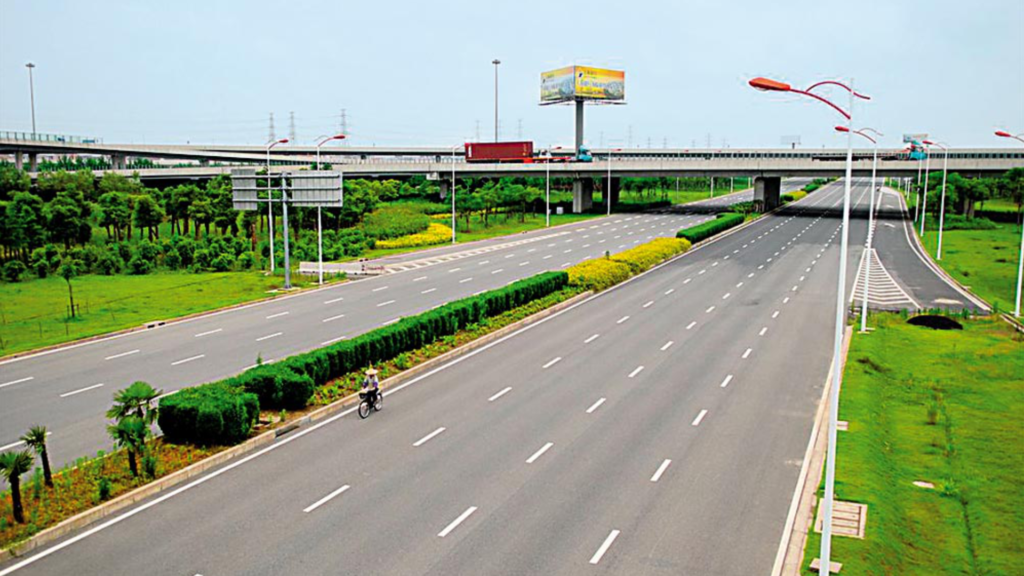India is accelerating to achieve world-class infrastructure development to achieve its US$ 5 trillion economy target by 2025. Being the key driver of economic growth, constructing and upgrading physical infrastructure on the farthest corner of the country will bring multifacet benefits for the socioeconomic development of the country. But, during this accelerated infrastructure growth, India is also keeping a priority check on sustainability and environmental concerns so that today’s development will not bring new concerns in the future.
India’s sustainable and green infrastructure development focus through Green Highways Policy, 2015, PM Gati Shakti Plan, etc, are focusing on environmental concerns as well as efficiency and rapid economic development. This critical force is promising significant headway toward the environmental sustainability of India’s current and future infrastructure plans.
The scenario also attracts major investments in green infrastructure projects and supports the government’s plan to convert market borrowings on low-carbon intensity public infrastructure projects through Sovereign Green Bonds. This in turn will significantly reduce the carbon footprint of the economy and make a way for clean and green world-class infrastructure in India.
The Green Highways Policy of 2015 by the Ministry of Road Transport and Highways has introduced various sustainable practices regarding the construction of national highways. This includes roadside and median plantations, beautiful landscaping, and transplantation. Their close monitoring through the BHUVAN and GAGAN satellites has enhanced the effectiveness of the implementation of these green provisions.
Besides this, the use of alternate materials and plastic waste along with the reuse of waste material under infrastructure development projects such as highways has also been mandated for environmentally sustainable growth. The ministry has also issued guidelines regarding saving water bodies, wildlife habitats, and forest & tree cover during the rapid infrastructure upgrade with the implementation of an Environment Management Plan.
The provision of water conservation in all such projects has been made mandatory to bring impact. This comprehensive policy design is targeting to strike a fair balance among economic prosperity, environmental protection, and income opportunities for farmers and the rural workforce across India along with the rapid world-class infrastructure development to benefit its vast population and fastest-growing economy in the years to come.

